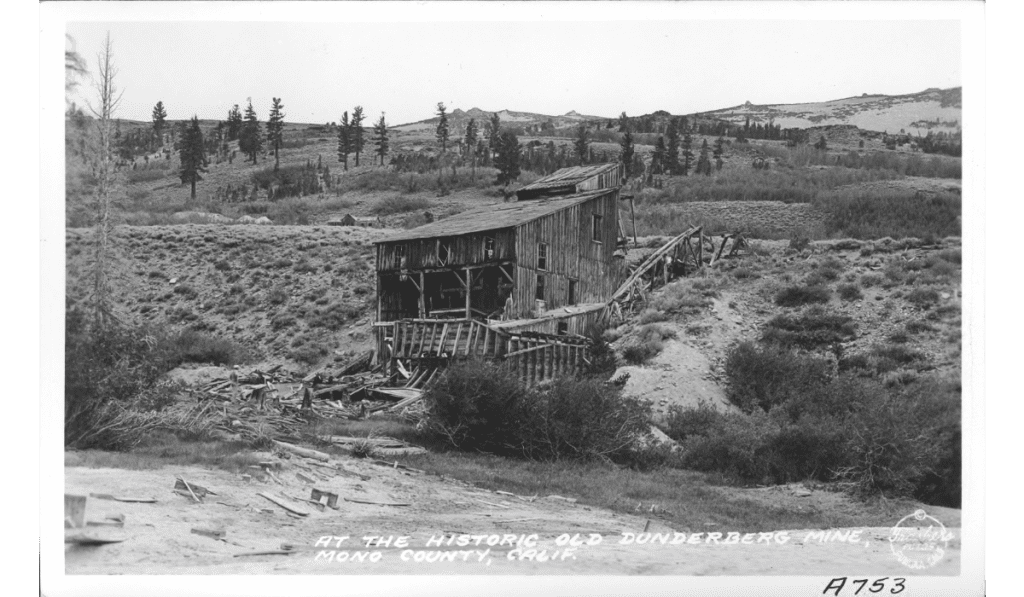
(Photo Credit: Laws Railroad Museum)
The largest gold nugget discovered on the eastern slope of the Sierras was found fourteen miles west of Bodie at Dog Town. In 1867 Charles Snyder explored Dog Town Creek to locate the source of the placer gold. He located quartz veins on Kavanaugh Ridge. He dug a 40 foot tunnel and transported three tons of ore to Aurora for processing. His payout was only $150, but it was enough for him to continue working the claim. In June of the same year, Snyder established the Castle Peak Mining District to protect his claim. Word of his find spread and soon additional mines were established. A small settlement grew above the beautiful Upper Sinnamon Meadow.
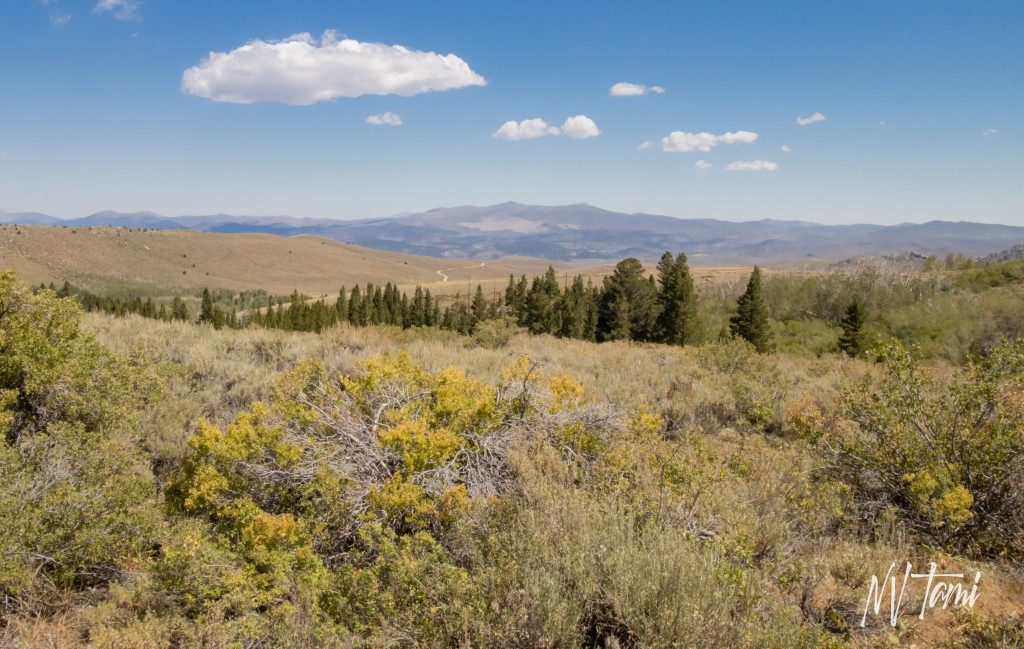
The mine later became known as the Dunderberg Mine. There are two theories on the origin of the name. The first is that it was named after the US Navy Man-of-War, the USS Dunderberg. Another is that is was named after a Swedish word meaning “thunder mountain”.
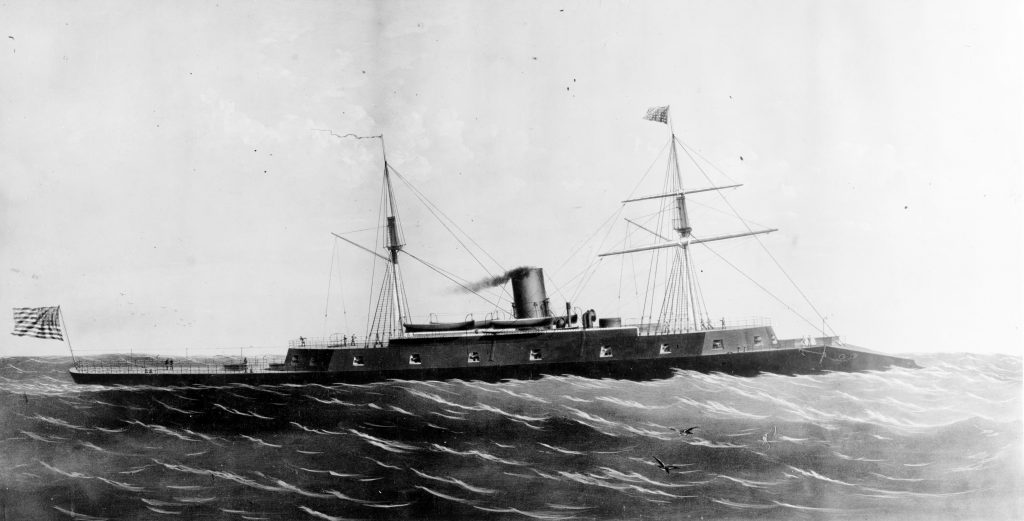
USS Dunderberg
(Photo credit: Wikipedia)
Druggist Dr. George Munckton founded the Munckton Gold & Silver Mining Company. Munckton made his money with a large strike at Aurora and was looking for the next big claim. He purchased the Dunderberg Mine and as the settlement continued to grow the town became known as Munckton. A post office was opened in 1871. The town contained saloons, general stores, assay office, livery, boarding house and, of course, a drug store.

(Personal Certificate, Thank you Rick!)
The mine’s primary adit reached over 600′ into the mountainside and a 10 stamp mill was constructed. Processing ore was difficult due to high sulfide levels and soon the mill ceased operation. Miners and merchants moved on to more prosperous mines and the post office closed 1872.

(Photo credit: Owen Valley History)
Munckton had two revivals. In 1878 the mill reopened but closed after two years when the 10 stamp mill was dismantled and relocated to nearby Bodie. In 1891 a British company purchased the Dunderberg Mine. They purchased a 10 stamp mill from from Lewis “Lord” Chalmers of Silver Mountain City in 1896. Legal issues prevented operations until 1899.

To increase production, the new owners attempted to process ore over winter. They constructed a covered railway between the mine and mill. But even with this improvement, the mill remained closed over winter months.
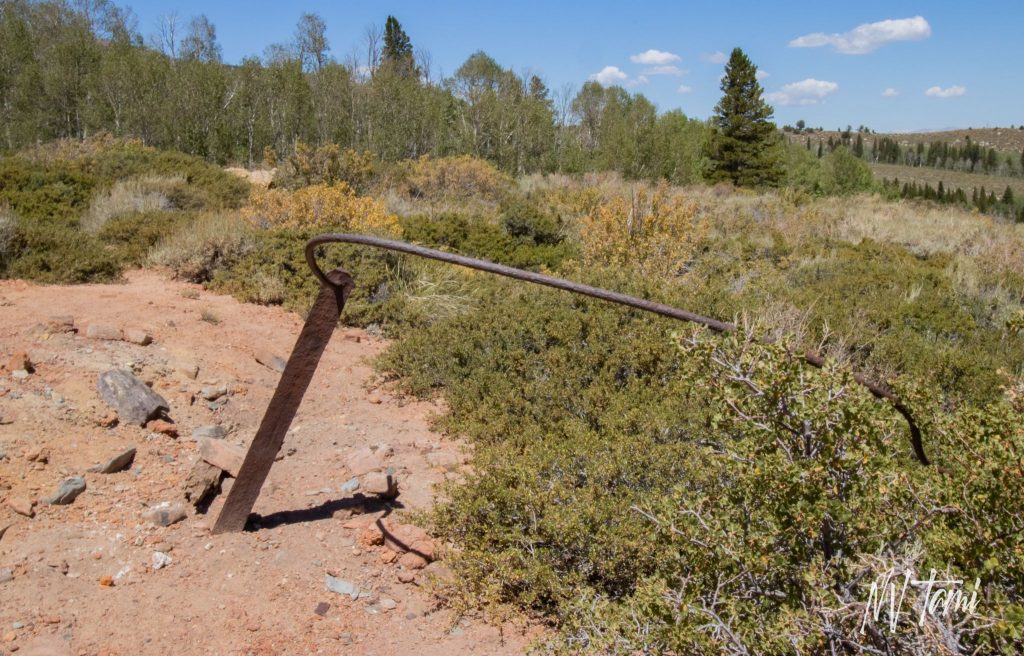
The mine was plagued with other issues including water seepage, low oxygen and financial issues. It closed for the winter of 1903 with plans to reopen with a new tunnel the next spring. This plan never came to fruition and soon after a fire destroyed the mill.
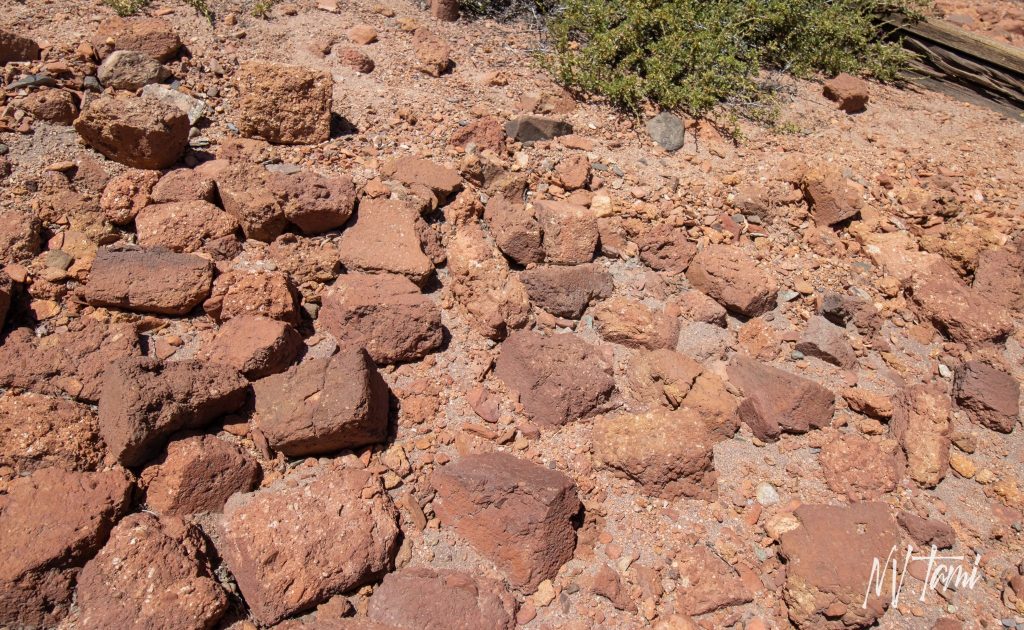
Today, there are scant remains of the town, located uphill from the mill. Scattered depressions overgrown by mature sage mark the sites of dwellings and roads. A few scraps of decaying wood and metal are what can be found of the buildings. It’s hard to imagine a lively mining boomtown was once there. A true ghost town, Munckton has vanished into the high Sierras.

Munckton is a small detour on the way to famous Bodie. We combined Munckton with Jordan, Lundy, and Dog Town. If you visit during the summer, don’t forget to stop at the Mobil Gas Station at the junction of Tioga Pass and US 395! They have been voted by Sunset Magazine as one of the best gas stations on the west coast. You can enjoy buffalo meatloaf, pork chops or sashimi along with a nice glass of wine or beer at the Whoa Nellie Deli.
Visited 10-16-2020, 8-9-2020, 6-6-2004
References
- Ghost Towns: Dunderberg
- Mitchell, Roger. High Sierra SUV Trails Volume 1, The East Side. Track and Trail Publications, 2002. Pages 109-113.
- Nevadagram: The Dirt Road to Dunderberg
- Wikipedia: Dunderberg Mill, California
- Wikipedia: USS Dunderberg
Steve knight says
Never heard of it before. Tksnks
Tami says
Glad I introduced you to a new town and mine!
Paul Sambrano says
We just made the drive up to Dunderburg mill today. It’s not an easy drive even for a truck, I suggest a vehicle with some lift. You do have to cross a stream., and a lot of uneven road. It’s worth the drive. Unfortunately the road about .7 of a mile past the Mill was not drivable for use.
Tami says
Glad you got to visit.